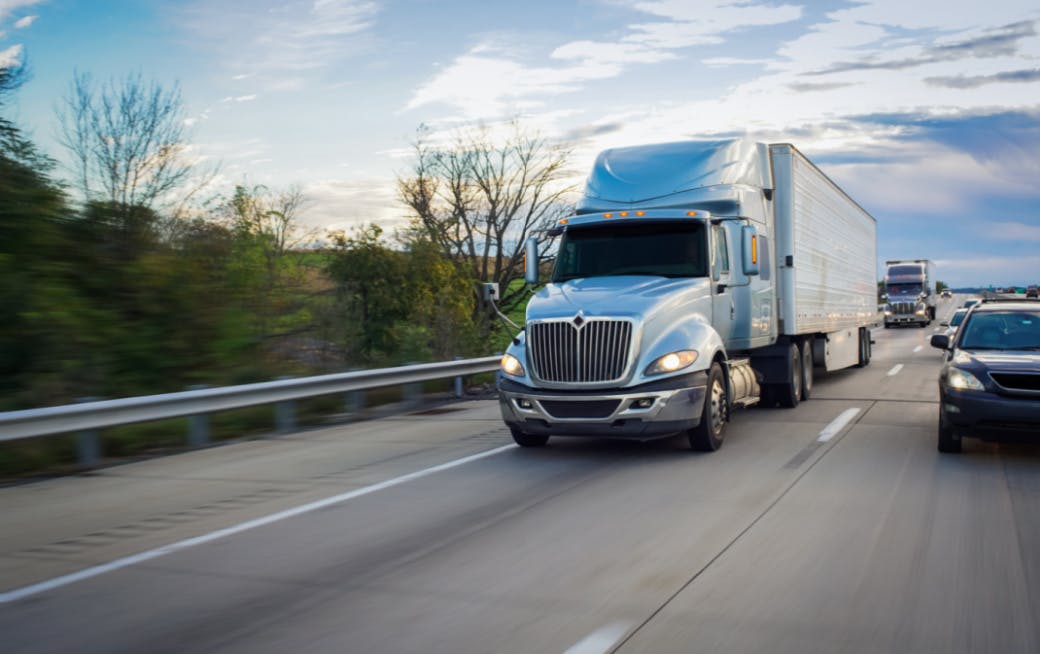Statistics To Know About Truck - Car Accidents And Safety
According to the Insurance Institute for Highway Safety, 98% of the deaths resulting from collisions between trucks and cars were car passengers in 2011 - only 2% of the time, the accident was fatal to the truck driver. In 2012 the stats shifted negligibly to 96% and 4%, respectively. When it comes to pedestrians, motorcyclists, and bicyclists the numbers change slightly but the gist is the same - trucks are a larger force on the road and are not to be taken lightly. Defensive driving is key to success in sharing the road with trucks.The US Department of Transportation began collecting fatal crash data in 1975 and in 2009, deaths hit record lows. However, in 2012 the percentage of people who died in large truck related crashes began to climb again and rose from the 2009 stats by 12%. In 1979, truck crash fatalities reached an all time high, and since then the number of truck occupant deaths has fallen by 57%. But for passengers, the decline in fatalities is less impressive at 44%. As such, it is imperative that you take extra care when driving a passenger car near a truck. Should there be a collision, the numbers are stacked against you. Although the amount by which the dangerous statistics climbed between 2009 to 2012 was fairly minimal, you should do everything you can to keep yourself and other drivers safe around trucks when you get behind the wheel.There are many contributing factors to the uneven distribution of fatalities in these accidents, some obvious and some lesser-known. Make yourself aware in order to best promote safety in your car! Here are a few key things to keep in mind:-Their weight.Trucks are 20-30 times as heavy as the average passenger car. With the added amount of force behind their weight, trucks can easily demolish a passenger car.-Their height.Trucks have a higher ground clearance than cars. As a result, passenger cars often under-ride trucks in crashes - getting stuck beneath the truck’s container.-Their brakes.On average, loaded trucks take 20-40% more time to brake successful than passenger cars. Add in some poorly maintained brakes or a slippery/wet road and the necessary amount of brake-time only increases.-Their sleepy drivers.Federal hours of service laws permit drivers to work 11 hours at a time or up to 77 hours/week. Surveys say that many drivers, however, work longer than permitted as they are compensated by the distance they drive rather than an hourly wage or a salary.Truck drivers are working hard (and for too many hours at a time!) to make our economy successful through their transport of our goods. However, their job is rough, exhausting, and dangerous. Keep a safe distance from trucks and never assume they possess the same amount of maneuverability as your passenger car.Roadsafe America believes trucks carry as much responsibility as Airline Pilots in terms of our safety. Test your safety IQ with their quiz and see how you can help to better the relationship between trucks and cars on the road!









